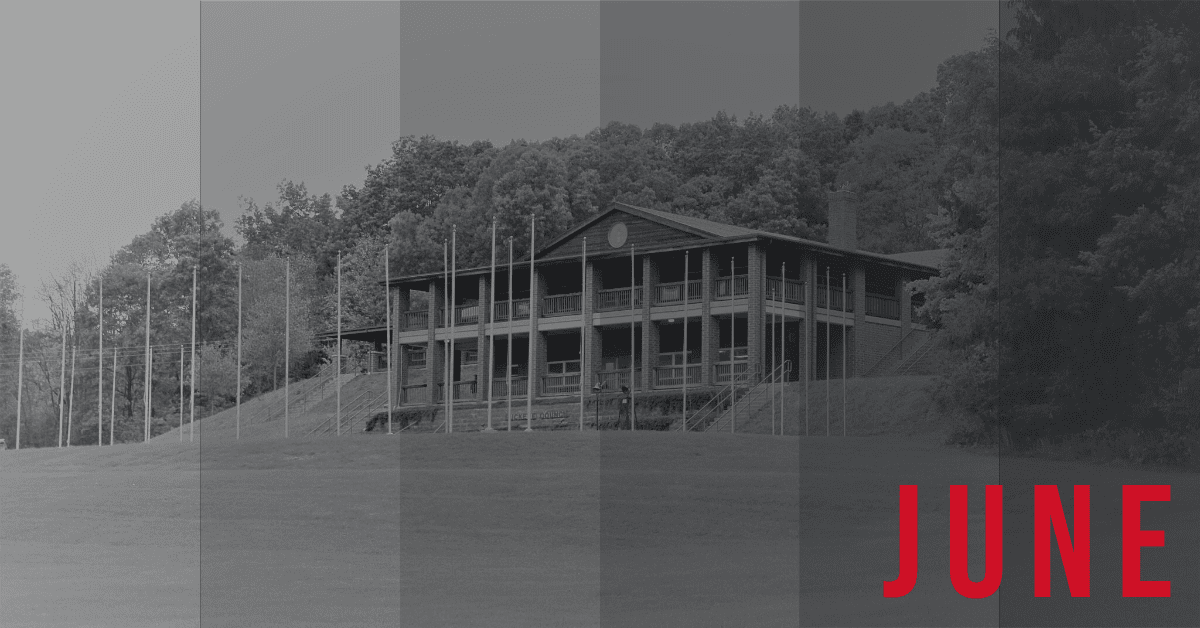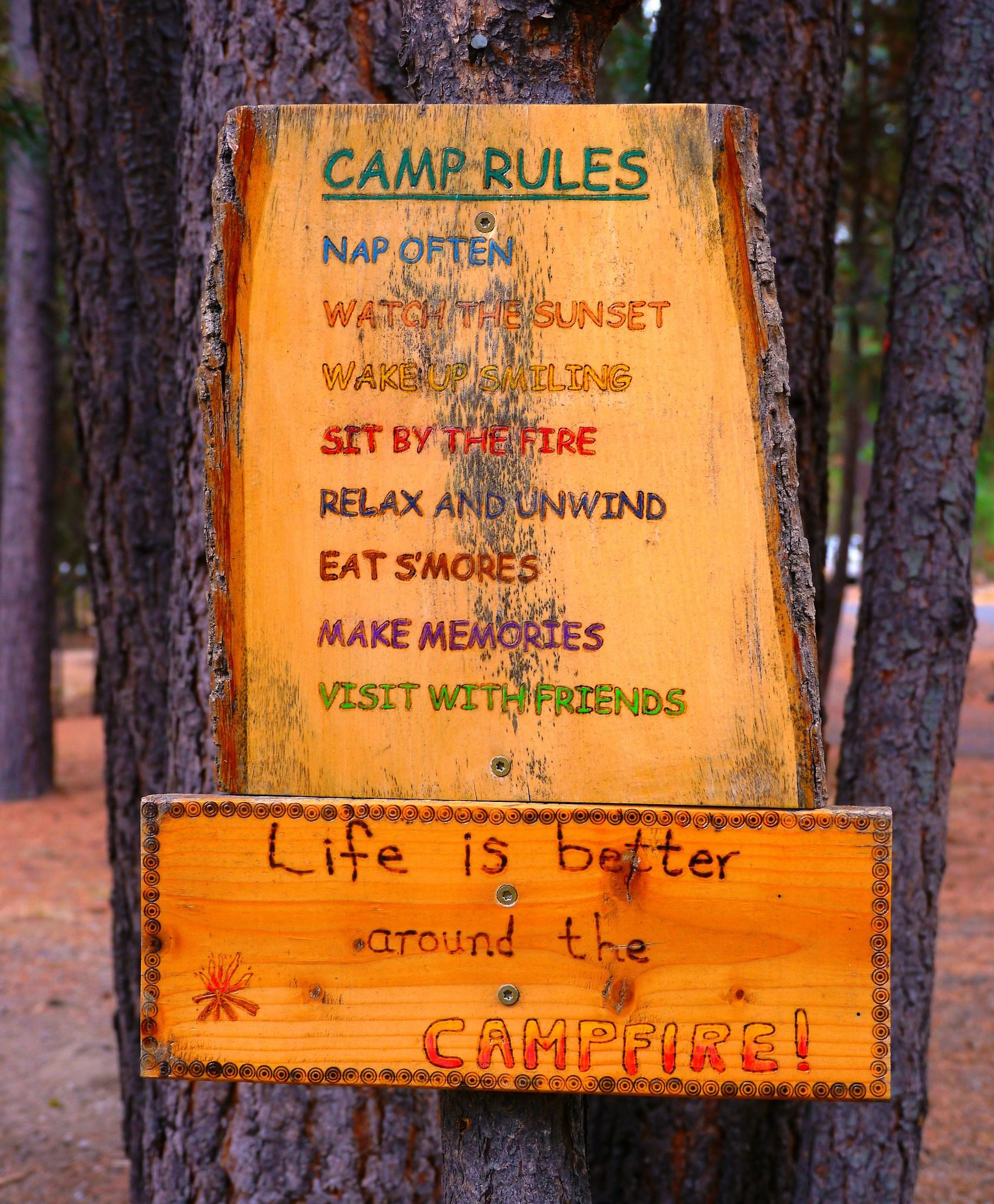UNDER CONSTRUCTION
Most of our Troop campouts are car camping (sometimes called “front-country camping”, “base camping” or “tent camping”) where we are never far from where our cars are parked.
Car camping does not mean Scouts are sleeping in cars. Rather, car camping means that we load up all of our gear into cars, pull into the campsite, and set up our tents in a designated area. The beauty of car camping is the accessibility of our tent site. Since it is so close to our vehicle, there’s no reason to skimp on “luxury” items that make the camping experience enjoyable.
Table of Contents
Past Events and Locations

Troop 457 is headed to Seven Ranges Scout Reservation for Summer Camp June 23 - 29! We plan on holding two parent-only meetings about our Summer Camp trip later this year (Dates TBD): March: We'll

Camping has been an important part of Scouting since Lord Robert Baden-Powell’s very first Scouting experiment in 1907. Camping continues to be an important part of a Scout’s journey to Eagle because it provides them

Get ready to Pack your bags Troop 457, you're headed to the Florida Sea Base in August 2024! We'll be boarding a 75-foot topsail schooner for an unforgettable adventure snorkeling the beautiful Keys’ reefs, fishing,
What to Bring on a Car Camping Campout
Here are the things you should definitely bring with you on a Car Camping campout.
- Class A uniform shirt (The Troop wears the uniform shirts when traveling to and from campouts.)
- Your Scouts BSA Handbook (Scouts may work on advancement during the campout or, at least, should have the campout signed off in their Camping Log)
- An BSA health form dated in the last 12 months (if the Troop does not already have one on file). At a minimum, you’ll needs Parts A and B for weekend trips. (Learn more about completing the health forms)
- A completed permission slip. You can create one on TroopTrack either directly from the event invitation or through the permission slip feature (Select the name of the Event from the event dropdown and your participant’s names from the Member dropdown and click PRINT) Fill-in and sign the bottom of the form and bring it with you to the campout.
- Something to carry gear from the car to the tenting area. This could be a backpack. Even a Rubbermaid tote is an option for this type of campout.
- A tent (with ground cloth) or hammock to sleep in. Scouts are also permitted to camp together in tents as long as the Scouts are within 2 years of age, so it may be worth asking around at a meeting if a Scout would like to tent with someone else.
- A sleeping bag. Be sure to check the bag’s temperature rating. The Troop camps year round (although sometimes in cabins during the winter), so purchase a sleeping bag that is appropriate for colder weather. Remember that a 20 degree sleeping bag is designed to keep you alive at 20 degrees not necessarily comfortably warm.
- A sleeping pad. (There are all kinds of versions of this. The goal is to put a layer between the sleeping bag and the hard ground. Even a yoga mat can work as a sleeping pad. A thick inflatable mattress is NOT recommended as these will actually make you colder overnight.)
- A pillow or something else to rest your head on while sleeping
- Weather appropriate clothing. Check the weather ahead of time and check for potential rain or cold temperatures. In colder months, consider bringing multiple layers that can be added/removed as the temperature fluctuates. Always bring extra clothes in case yours get wet or extremely dirty.
- Hiking Boots or comfortable shoes you don’t mind getting dirty. We often go on hikes during campouts. You’re encourage to bring a backup pair of shoes in case your primary shoes get wet or muddy.)
- While not required, a hat is always a good idea to have around for protection from the sun or rain.
- A camp chair (somewhere to sit around a fire)
- A mess kit (plate, bowl, cup, utensils)
- The Scout Basic Essentials:
- Pocketknife (if the Scout has earned their Totin’ Chip. If you don’t know what this is, you don’t have it.)
- Matches / Fire Starter (if the Scout has earned their Fireman’s Chit. Again, if you don’t know what this is, you don’t have it.)
- Water bottle
- First Aid Kit
- Flashlight
- Sun Protection
- Trail Food
- Map and Compass
- Insect Repellent
- Personal Medications (prescription medications must be handed to a leader on the first day of the campout along with your medical form)
- Personal cleanup kit (Soap, toothbrush, toothpaste, small camp towel, contacts/contact solution if applicable)
- Small notebook and pen
- A daypack for carrying gear while on a hike (drawstring bags are OK in a pinch, but a backpack with sturdy straps are best for hikes)
Resources
- Refer to page 268 of your Scout Handbook for recommended Personal Camping Gear Checklist.
